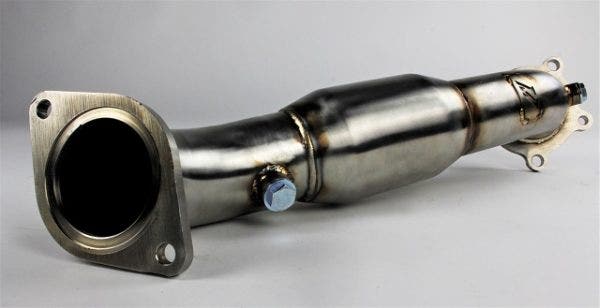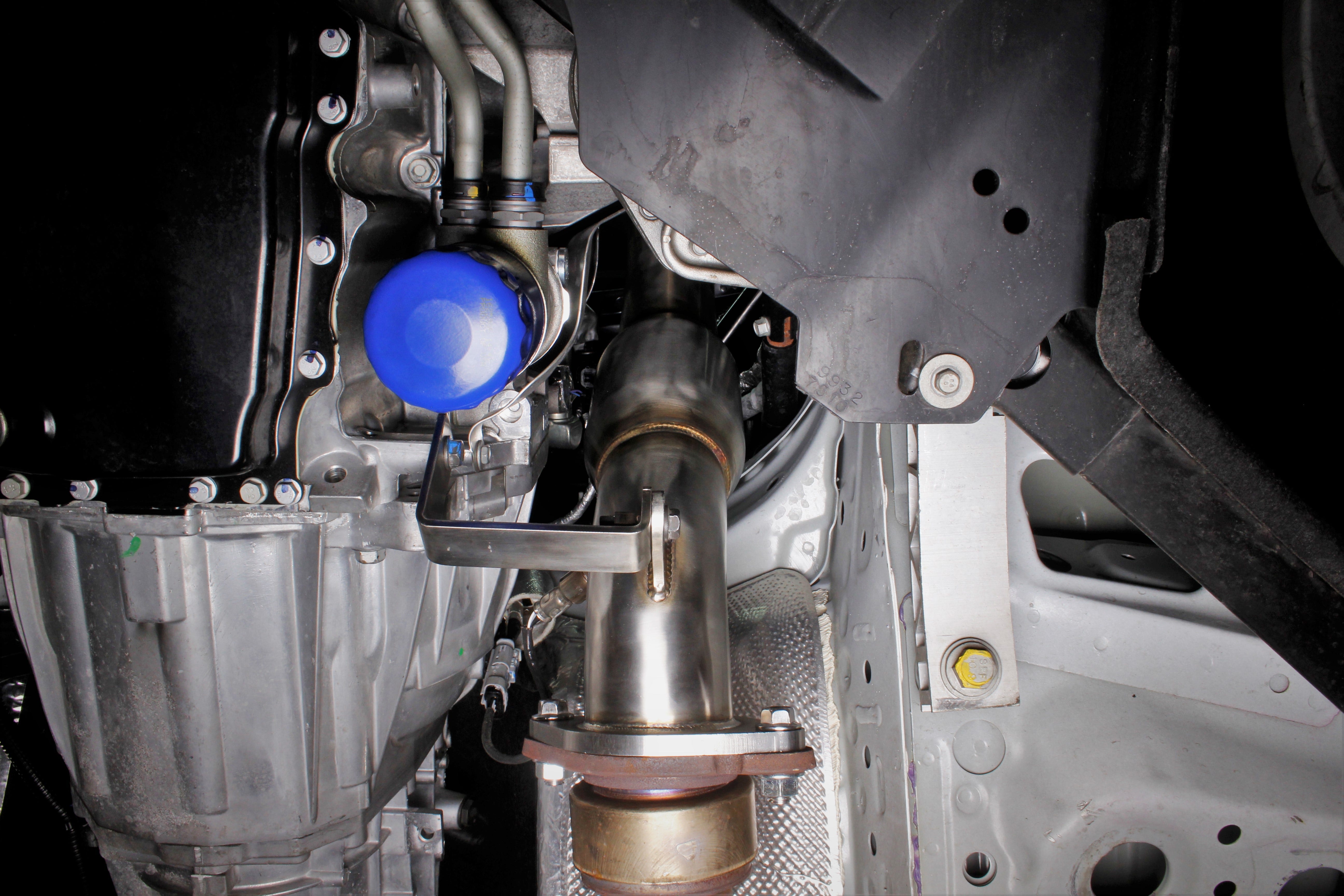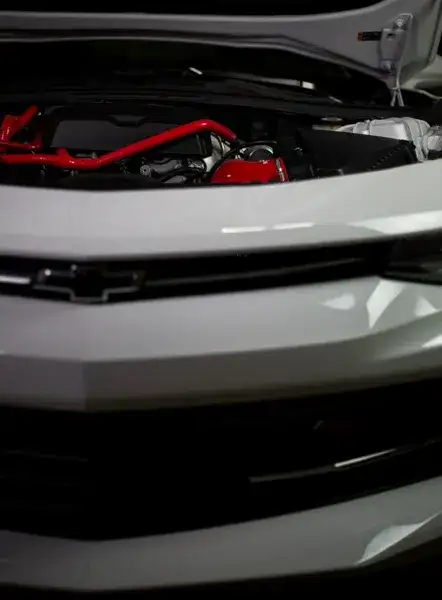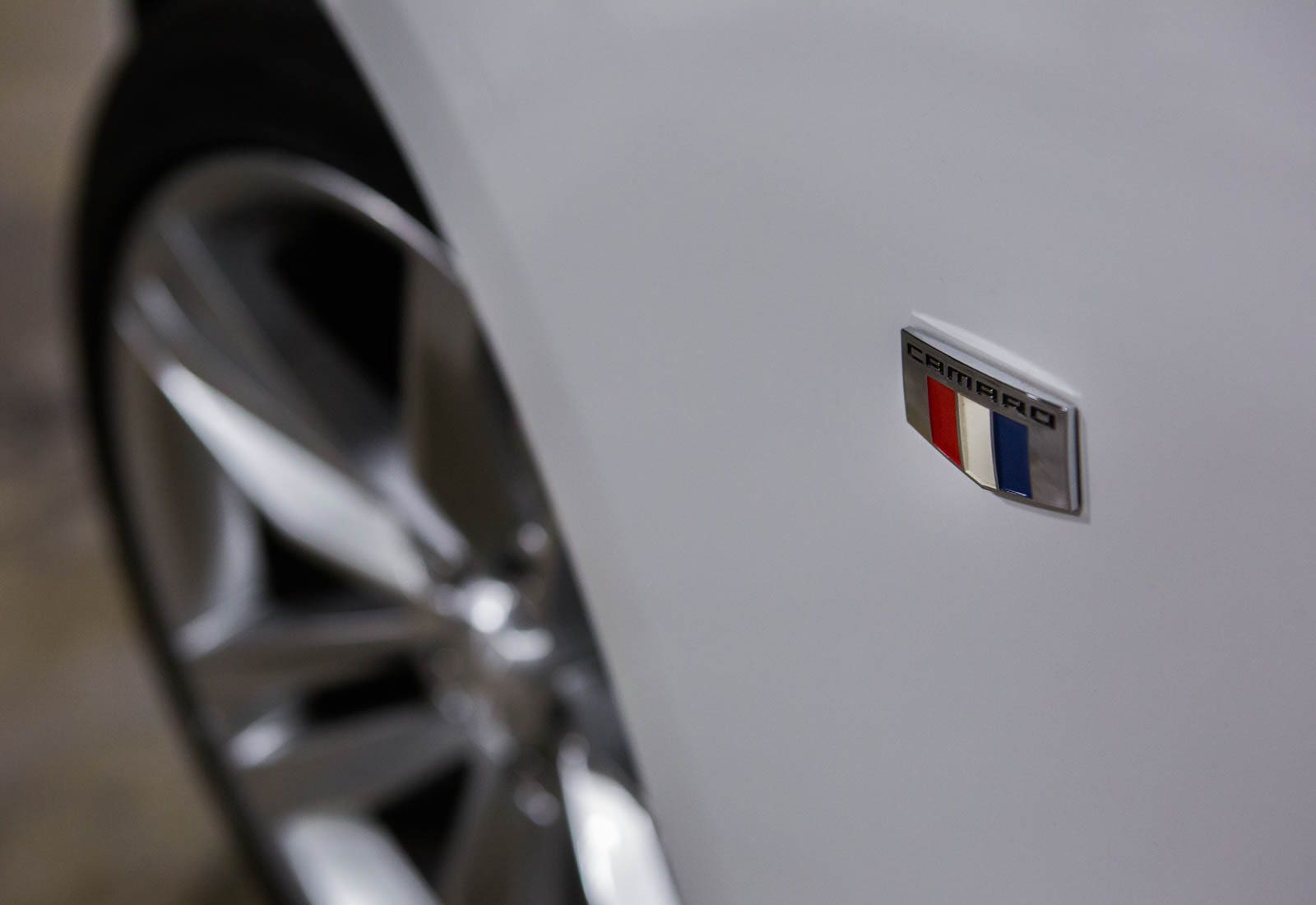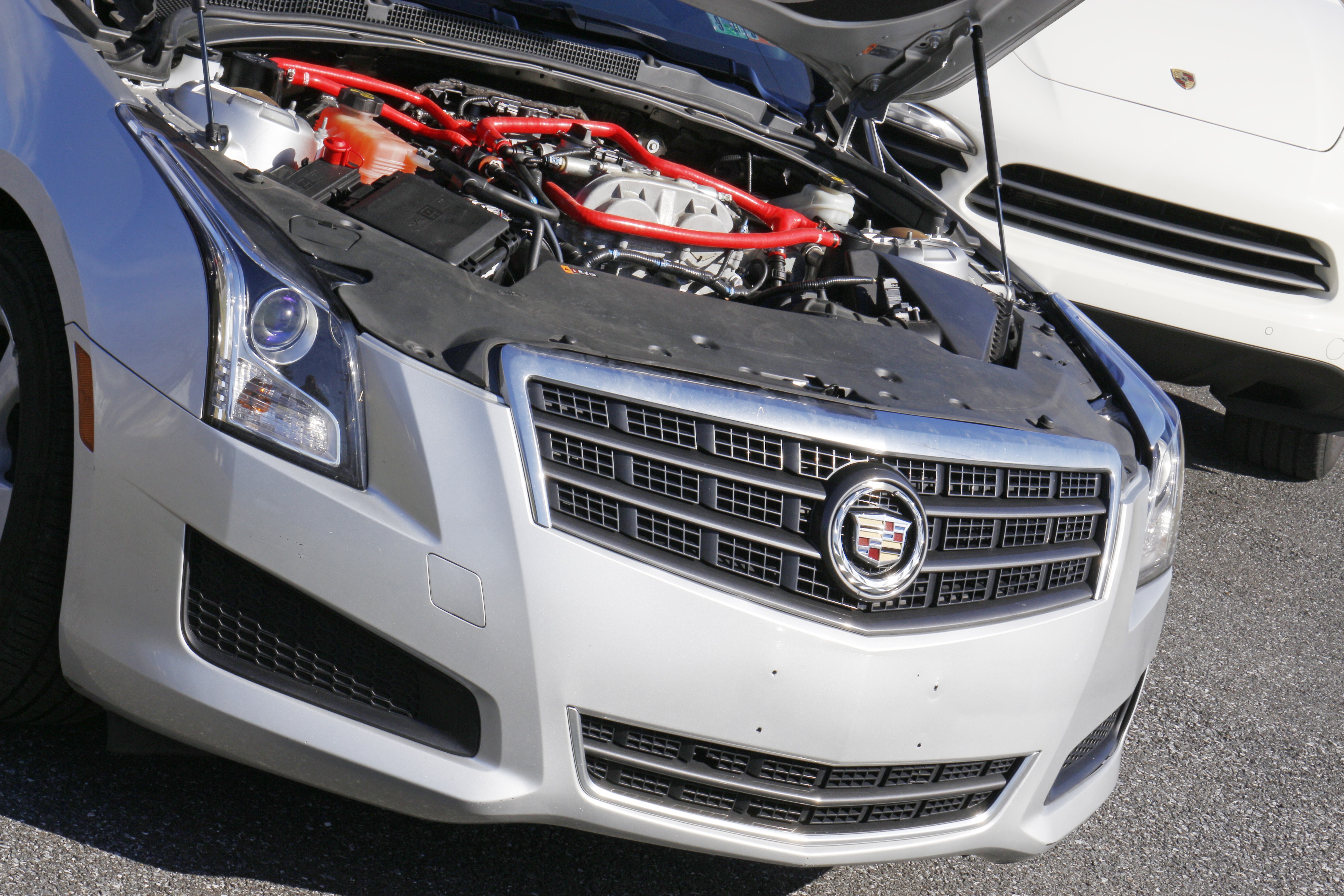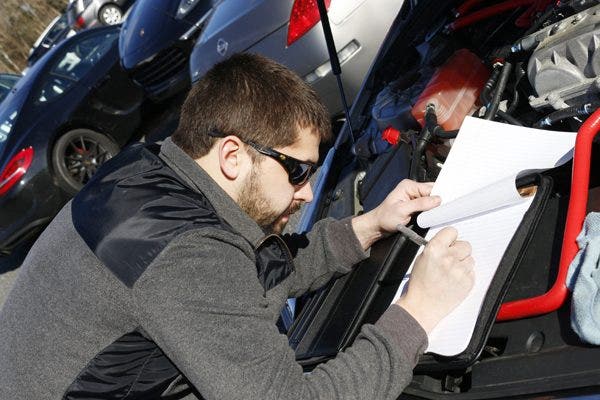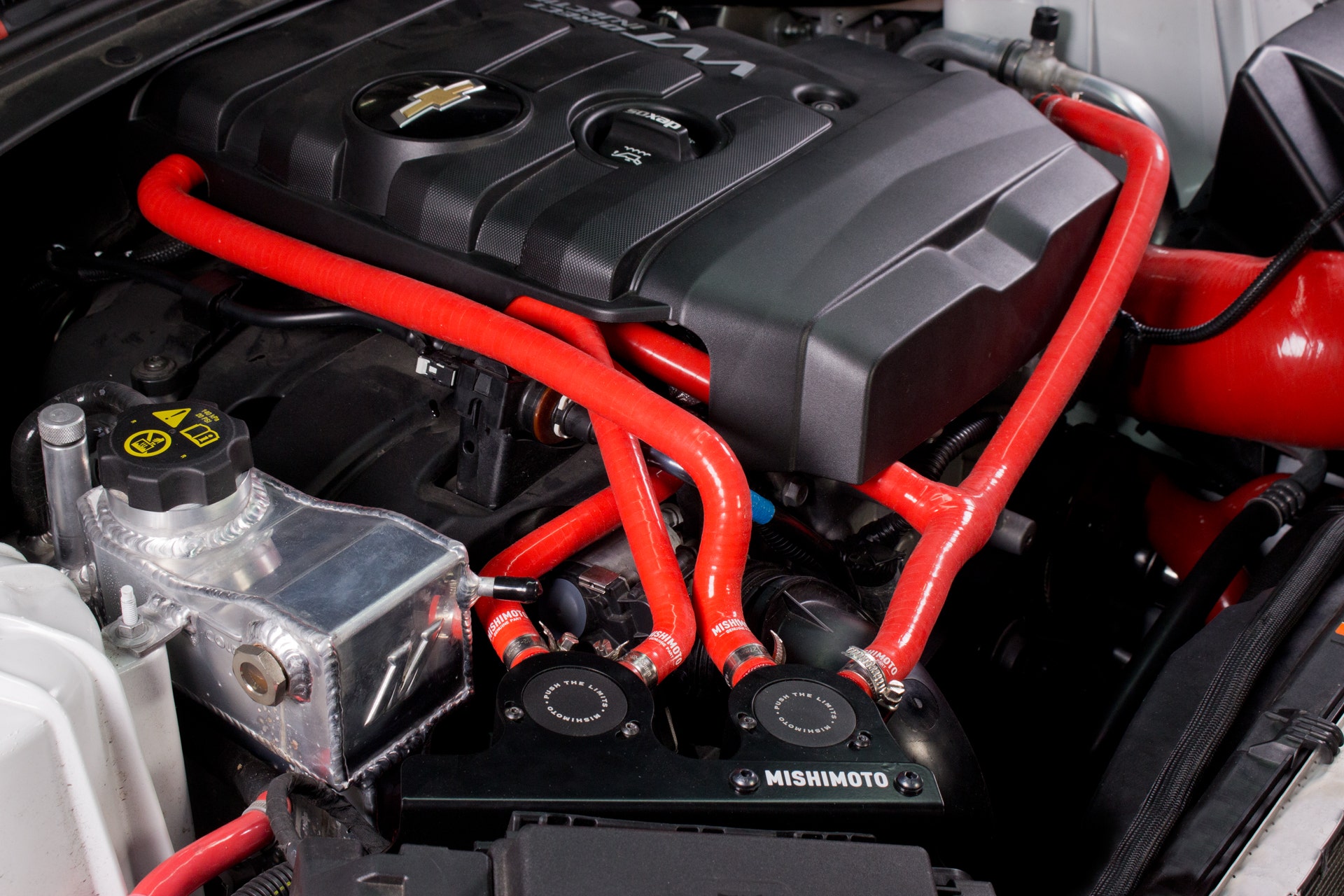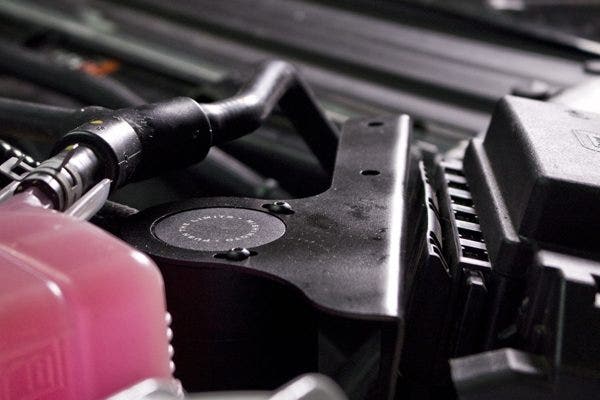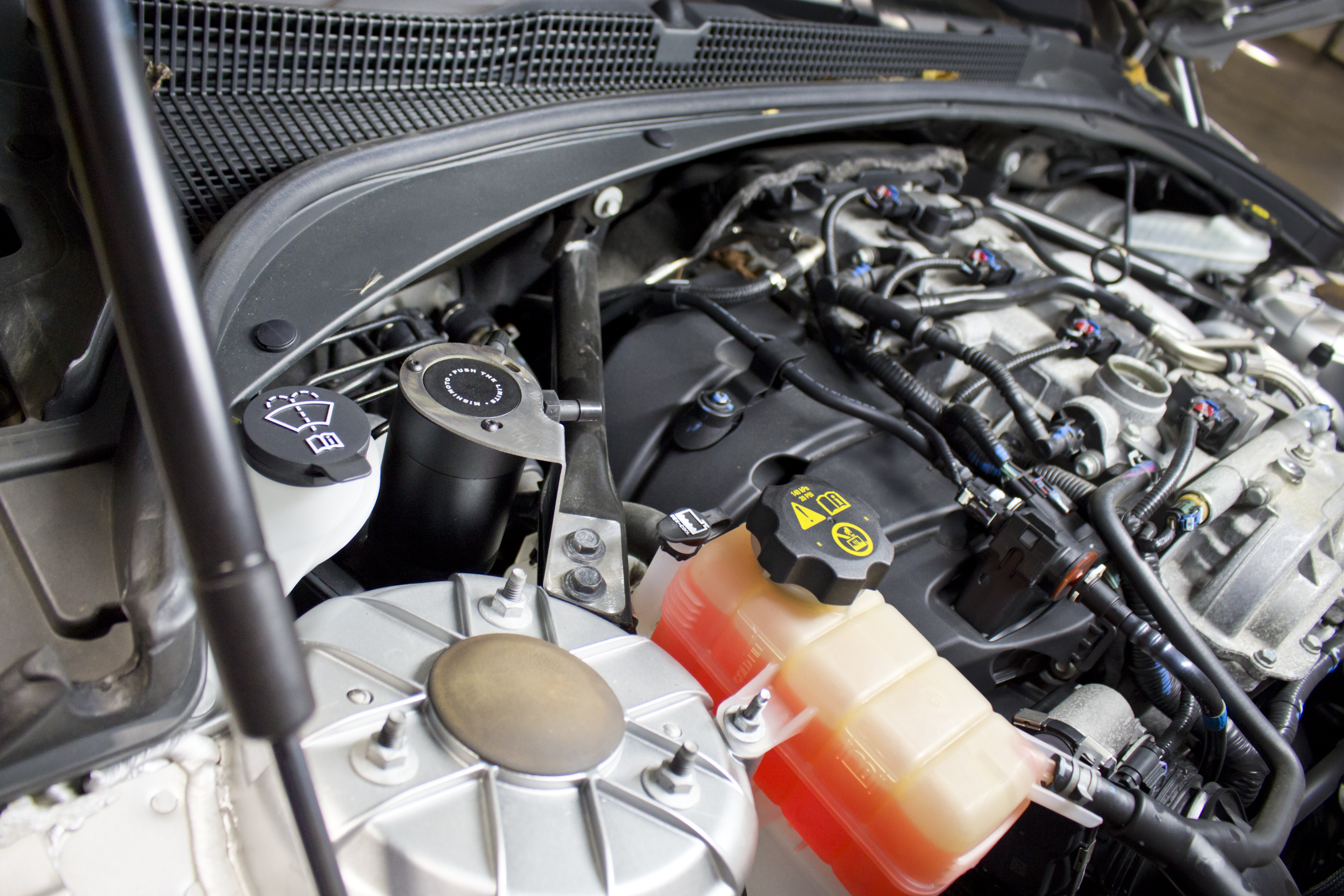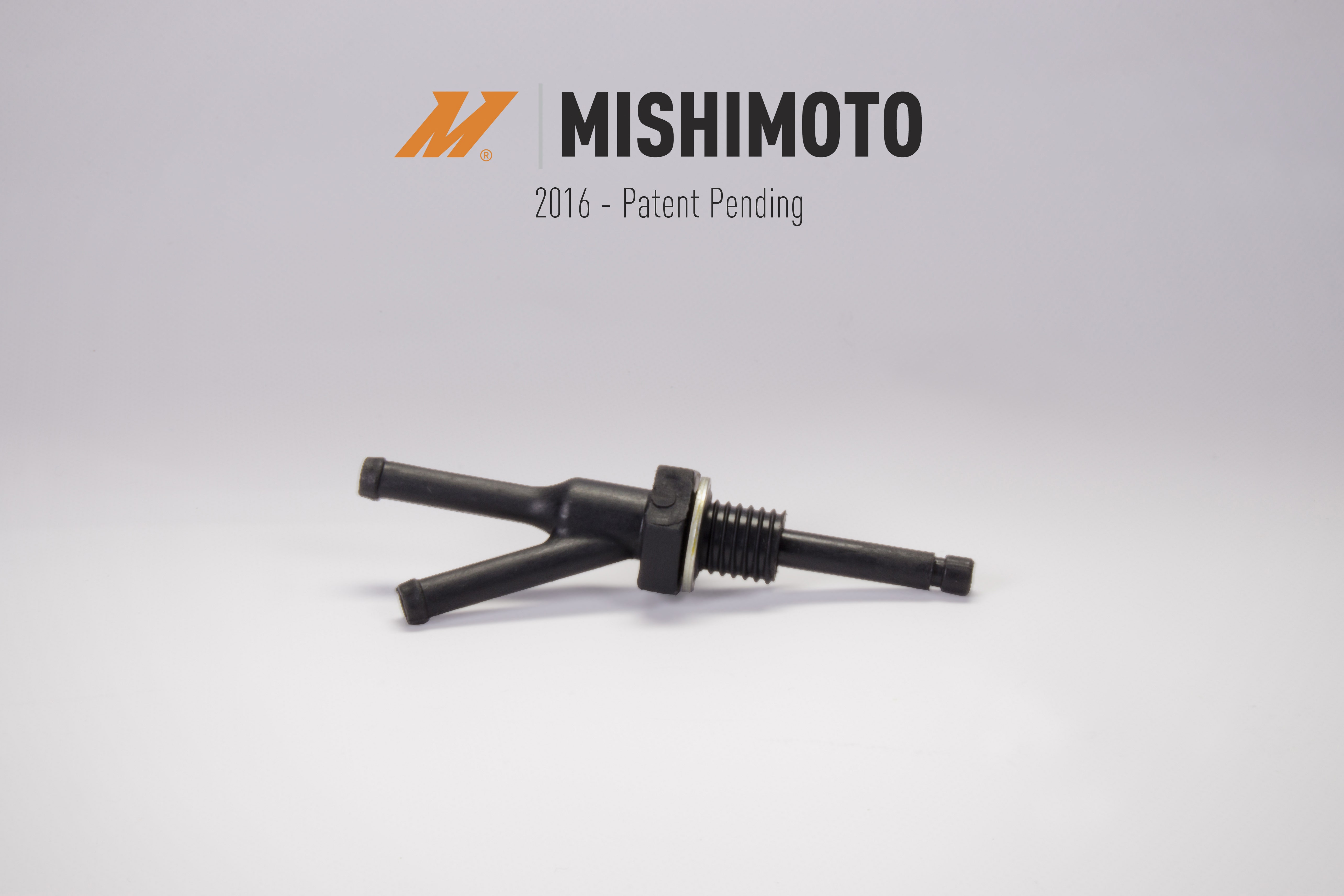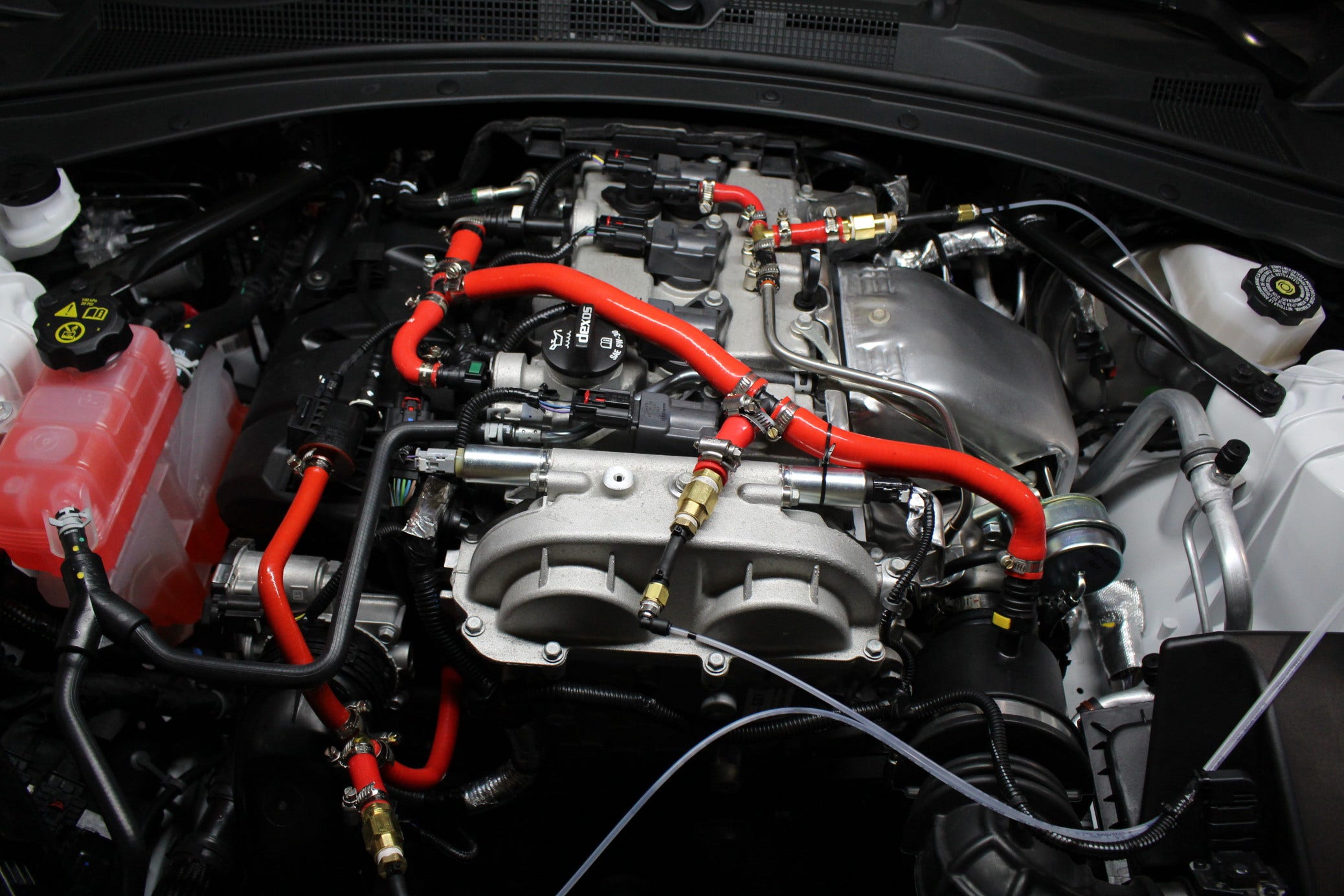Downpipes are a choke point in many turbocharged vehicles when it comes to exhaust flow. As opposed to naturally aspirated cars, less serious thought needs to go into the size of the exhaust piping. In most cases the system just needs to be bigger in diameter, maximizing what you can within the alotted design space.
The downpipe on the Camaro 2.0T's LTG engine is a restrictive point in the exhaust system, a conclusion brought about by our testing. The point of emphasis is the rate at which exhaust gases are expelled out of the turbocharger. That flow is very important to how well the turbocharger can do its job. If you can flow more exhaust gases, the turbine can spin faster, leading to more boost. It is now time to test the prototype and figure out what our downpipe design can do for this LTG power-plant.
